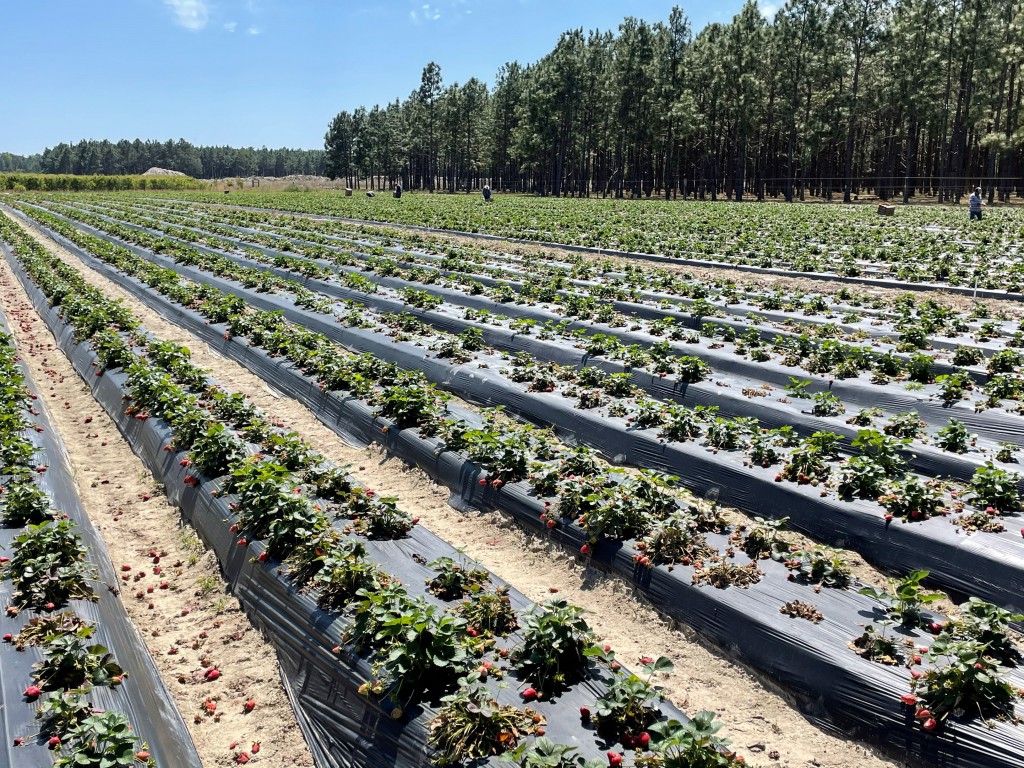
The strawberry disease that has ravaged crops in Florida and Georgia has now been attributed to two nursery sources.
According to the University of Georgia Extension strawberry blog, a nursery in Canada received plants from a North Carolina nursery, which is the source of the pathogen related to Neopestalotiopsis Fruit Rot. Phil Brannen, University of Georgia Cooperative Extension Fruit Disease Specialist, said the Canadian nursery has been identified as a source of spread through transplants this year and has had difficulty cleaning up its operation.
“For next year and moving forward, Georgia strawberry producers need to make sure that nursery sources do not have any connection to this pathogen. Once it is in a field, there is no evidence to date that we can get rid of it. It will reside in old residue or weeds in and around the field,” Brannen said in the blog. “The best thing to do is to keep it far away from your strawberry operation.”
How Bad is it?
Just how bad can this disease get? Just ask Tifton, Georgia farmer Bill Brim. His entire strawberry operation of 12 acres was wiped out because of Neopestalotiopsis Fruit Rot. Brim was not alone this year. Brannen said the disease devastated multiple strawberry farms in Georgia.
Thiram and Switch are the only fungicides that have efficacy against this organism, though their activity is not 100%. The pathogen can reside in a field from season to season. It speaks to the importance of growers keeping it out of their fields altogether.
Growers can remove spotted leaves, starting in the fall, and destroy them outside the field. This should be done when plants are dry to prevent further spread of the disease and infection through these activities.
Producers need to rotate to another site for production next year if possible. This is if farmers had a problem with the disease this year.









